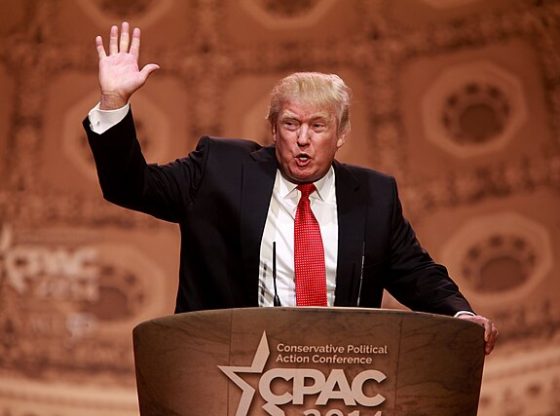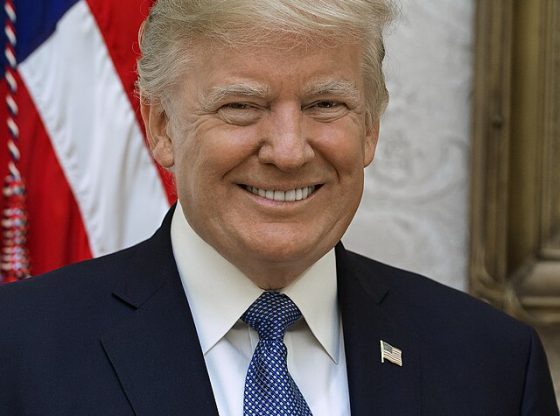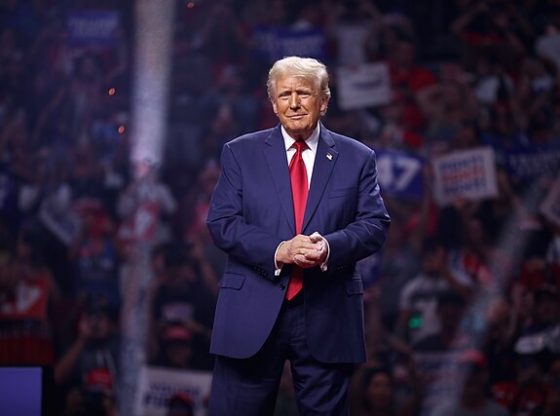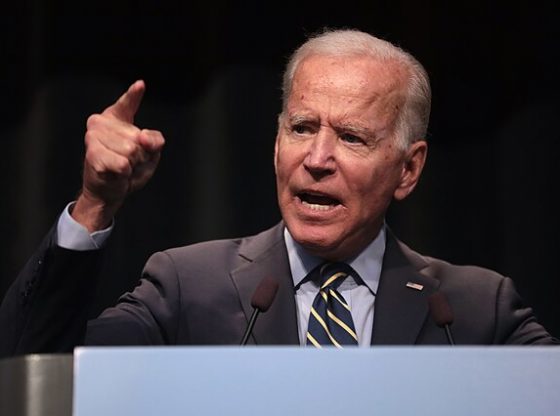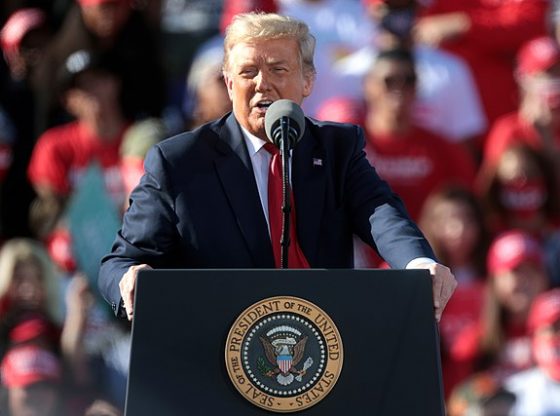The U.S. and a host of Western nations have levied sanctions against Iran, North Korea, Russia and Venezuela — some of whom have suffered further penalties in recent years given their military incursions on other nations and blatant violations of international law. Despite being largely cut off from Western markets, these countries have managed to find a key trading partner in China, which hasn’t hesitated in benefiting from the unintended consequences of the U.S.-led sanctions regime, according to recent data from China’s General Administration of Customs and The Wall Street Journal.
This has created record-level multilateral trade cooperation, bolstered security and military agreements and forged a new anti-Western axis with China at the head.
“China is the strategic competitor willing and able to reshape the current global order,” Dana Stroul, a former senior U.S. defense official and fellow at The Washington Institute for Near East Policy, tol
The Biden administration and a majority of the Western bloc imposed harsh sanctions against Russia after the country invaded Ukraine in early 2022, prompting a full-scale war. The U.S. alone has imposed over 4,000 sanctions against Russian entities and individuals in a bid to “[disrupt] and [degrade] Russia’s economy and war machine,” according to the U.S. Department of Treasury.
To shrug off some of the weight of sanctions and keep its economy stable, Russia has strengthened its alliance with China in recent years, with Russian President Vladimir Putin and Chinese President Xi Jinping promising a “no limits” relationship between the two countries in late 2023.
The total value of imports and exports from Russia to China grew from roughly $11 billion in April 2021 to over $19 billion as of April 2024, according to data from China’s General Administration of Customs. That import-export value was less than $6 billion in 2015.
Russia is one of the world’s largest oil producers and, with Western allies turning away as buyers, has begun selling to China — the world’s largest importer of oil — at a higher rate than pre-war levels, according to CGAC data and the WSJ. Russia exported approximately 2.6 million oil barrels per day to China in as of 2024, compared to roughly 1.6 million barrels in 2021.
China has also fostered a mutually beneficial economic relationship in recent years with Venezuela, Iran and North Korea, all countries under increasingly heavy U.S. and Western sanctions. North Korea’s total import-export value to China grew from approximately $28 million in 2021 in 2021 to roughly $200 million in 2024; Venezuela’s import-export value increased from $167 million in 2021 to over $560 million in 2024, according to CGAC data.
Iran’s oil exports to China have ballooned from roughly 1 million per day in 2021 to 1.8 million as of 2024, according to the WSJ. Venezuela’s oil exports to China have largely remained at roughly 200,000 barrels per day in 2021 and 2024.
The China-led growing alliance also comes with mutual military and defense benefits. The U.S. has warned that it will impose sanctions on any nation that provides military aid or equipment to Russia, in an attempt to isolate the country’s military-industrial complex.
But China has largely circumvented Western sanctions by providing Russia and state defense contractors with “dual-use” technologies — technologies that have both civilian and military applications. These include drones, jet-fighter parts, body armor, assault rifles, jamming technology and navigational equipment.
It includes technologies and components that Russia uses in its domestic production of weapons. China’s exports of advanced integrated circuits, which aid in Russia’s production of precision-guided weapons, grew consistently from 2021 to 2024, with monthly export values exceeding well over $25 million in late 2022 and 2023, according to the WSJ.
Beijing’s support for Moscow’s war, even through indirect military support, has fostered trust between the two and paved a path for a stronger bilateral relationship, U.S. officials told the WSJ.
“It revealed a degree of trust that could potentially open the door to wider integration of their defense industrial base,” a senior intelligence official told the WSJ.
Russia has also been a benefactor of military equipment and weapons from Iran; Iran has provided Russia with hundreds of ballistic missiles and thousands of its signature Shahed suicide drones for use in aerial attacks against Ukraine forces. In turn, this has generated revenue for Tehran while enhancing its image on the global stage as a military power, former U.S. officials told the WSJ.
Iran also provides Venezuela with military equipment and other goods that the Maduro regime would not otherwise have access to under sanctions, according to the WSJ. Venezuela gives Iran gold — which is difficult to track, making it a useful currency for sanctions evasion — in exchange for Tehran’s services, according to the WSJ.
The bolstered multilateral cooperation has created “an ‘axis of upheaval’ — one that is bent on overturning the principles, rules, and institutions that underlie the prevailing international system,” Andrea Kendall-Taylor, director of the Transatlantic Security Program at the Center for New American Security, wrote for the International Centre for Defense and Security on Wednesday. “In the two years since Russia’s invasion, the evidence of their convergence has mounted, making it impossible and even irresponsible to dismiss their alignment.”
The State Department did not immediately respond to a request for comment.




